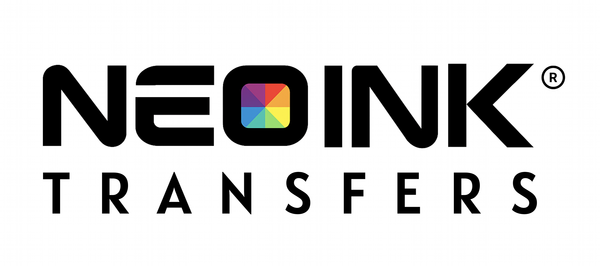
DTF vs. DTG vs. Screen Printing – Choosing the Best Method for Custom T-Shirts in 2025
Share
-
Introduction: The Changing Landscape of Custom T-Shirt Printing – Set the stage by noting that new technologies like DTF printing are shaking up the custom apparel industry. Mention that in 2025, creators have more options than ever – including Direct-to-Film (DTF), Direct-to-Garment (DTG), and screen printing – each with its own advantages. (Hook the reader by acknowledging the common confusion about which method to choose.)
-
DTF Printing at a Glance – How It Works & When to Use It – Explain DTF briefly (printing a design on film then transferring) and list its pros: works on almost any fabric, highly durable prints, photo-quality full-color images, no need for large orders or long setups. Note any cons (requires a heat press, and you must handle film and adhesive powder, though customers buying transfers have this done for them). Ideal uses: small to medium runs, multi-color designs, quick turnarounds, diverse fabric types.
-
DTG Printing at a Glance – How It Works & When to Use It – Describe DTG (inkjet printing directly onto fabric). Pros: great for high-detail prints on cotton, no transfers needed, soft feel on garment. Cons: works best on cotton or light colors, not as good on poly or darks without pretreatment; typically prints one item at a time (slower for large batches). Ideal uses: on-the-spot personalization (like name drops) and ultra-photographic prints on cotton shirts.
-
Screen Printing at a Glance – How It Works & When to Use It – Outline screen printing (using stencils and ink layers). Pros: cost-effective for large bulk orders, durable for simple designs, and can be very efficient for one- or two-color high-volume runs. Cons: setup costs and minimum order requirements (not economical for one-offs), each color requires a new screen (making full-color prints more laborious and costly). Ideal uses: large batch orders (e.g., 100+ shirts) with simple designs or for specialty inks/finishes that are screen-only.
-
Quality, Durability & Cost Comparison – Compare the methods on key factors. Quality: All three can produce high-quality prints, but DTF and DTG excel at photorealistic detail and color blending, whereas screen printing is excellent for solid logos and longevity. Durability: DTF prints often outlast DTG in wash tests (DTF’s transferred inks aren’t absorbed in fabric, leading to less fading), and screen prints are very durable if properly cured. Cost: For small runs or multi-color designs, DTF and DTG are more cost-efficient (no screen setup fees; DTF has lower entry cost equipment-wise. For large volumes of the same design, screen printing usually has the lowest cost per shirt. This section helps readers weigh what matters most to them (cost vs. quality vs. quantity).
-
Why DTF is Gaining Ground (Especially in 2025) – Summarize why DTF printing is emerging as the go-to choice for many modern custom printers and businesses. Cite that many print shops are shifting from DTG to DTF due to DTF’s greater material versatility, durability, and cost-effectiveness. Mention that in Canada, the ability to print on-demand with no minimums fits the growing trend of personalized, small-batch orders. Reinforce that while each method has its place, DTF’s balance of quality, flexibility, and efficiency makes it a front-runner for 2025’s custom apparel needs.
-
Conclusion: Choosing the Right Method for Your Needs – Provide guidance: the best method depends on the project. Encourage readers to consider order size, material, design complexity, and timeline. Reiterate that DTF is often the best all-around choice for most small to mid-sized custom orders in 2025. End with a call-to-action suggesting that if they’re looking for high-quality DTF transfers in Canada, NeoInk is ready to help – combining the benefits of DTF technology with local service for a winning solution.

